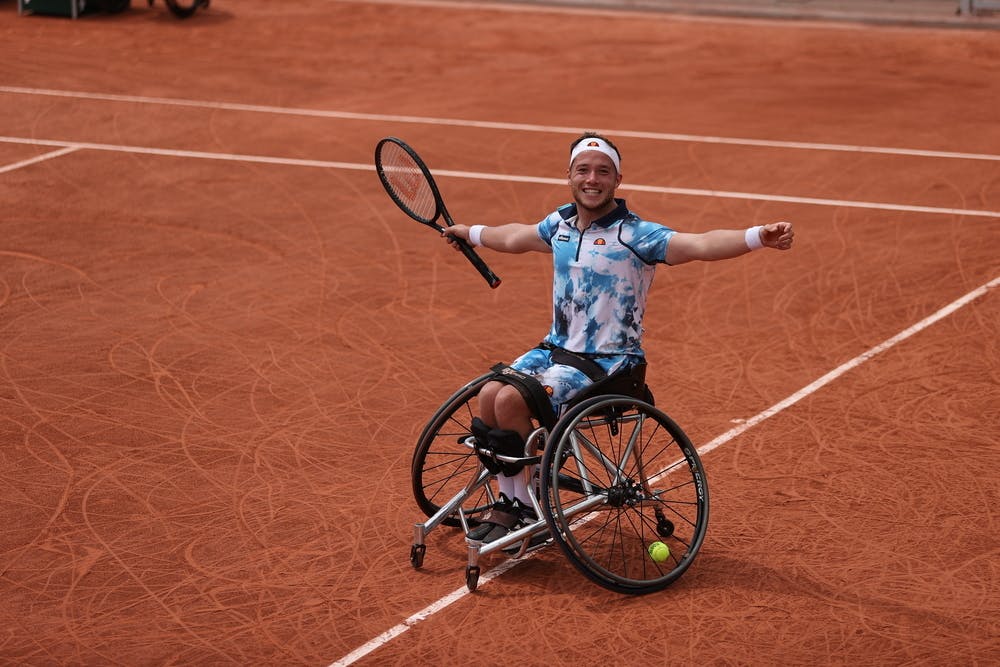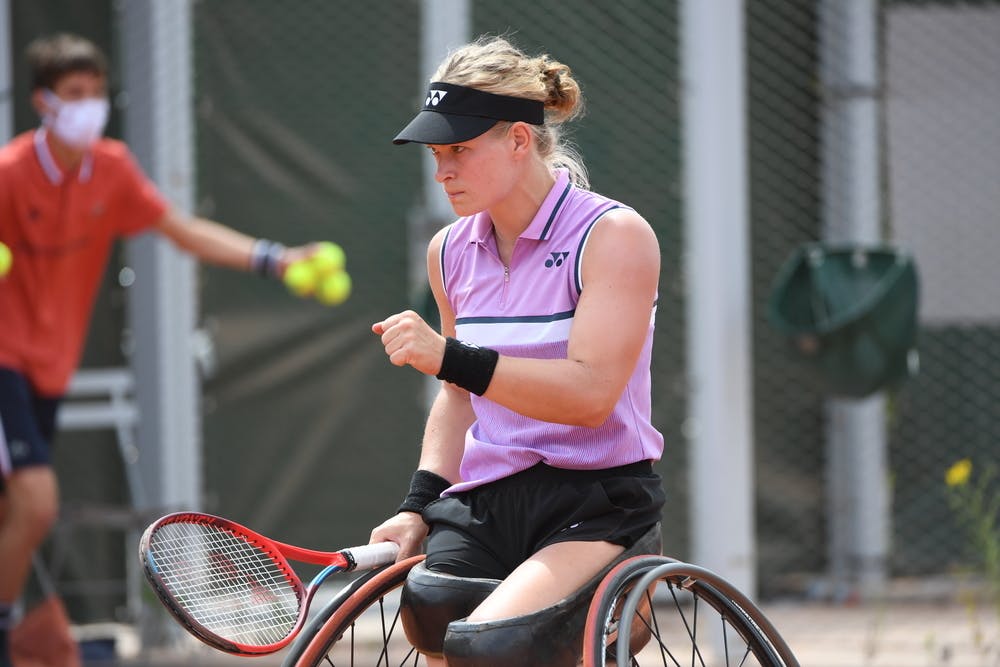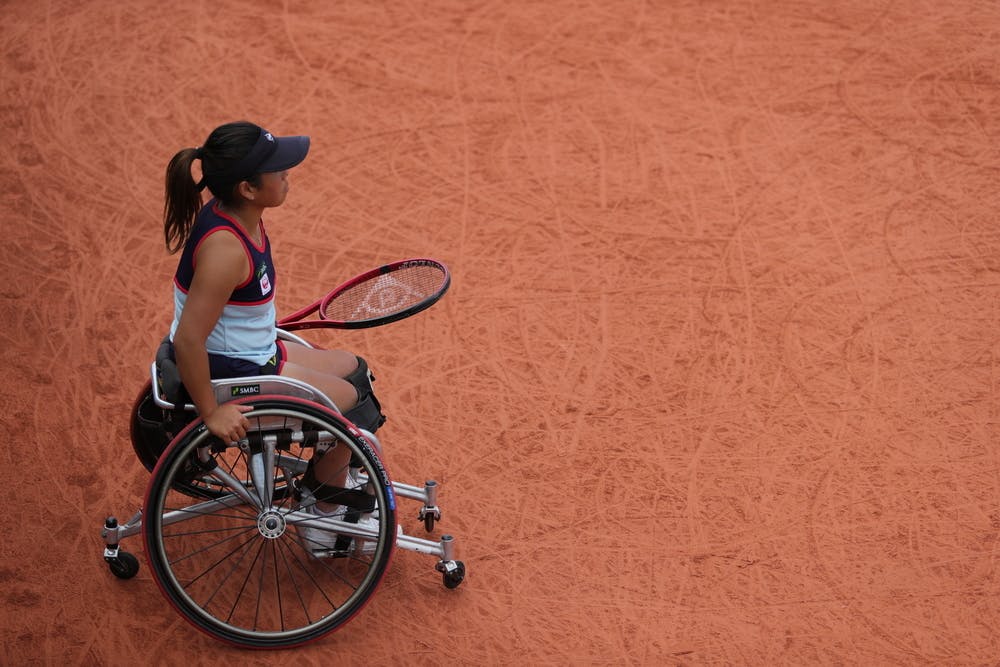The Uniqlo Wheelchair Tour, run by the International Tennis Federation, boasts 160 tournaments in 40 different countries, offers $3million (USD) in prize money and attracts substantial sponsorship worldwide.
Wheelchair tennis (including quad tennis) has been a full medal sport at the Paralympic Games since 1992 and is widely regarded as the highest profile and most commercially successful of any Paralympic sport.
Much of that spotlight and revenue is thanks to the four Grand Slams – including Roland Garros – which have hosted wheelchair tournaments since 2007.
'Every bit as thrilling'
The rules are much the same as its non-disabled counterpart with one notable exception – wheelchair and quad players can take two bounces of the ball before each strike, providing the first bounce is within the lines of the court.
This adds a different tactical dimension as well as significant dexterity and fitness as players will usually take a 360-degree turn in order to get into the correct position to address the ball.
>> FULL WOMEN'S WHEELCHAIR SINGLES DRAW
Matches are every bit as thrilling and every bit as physically gruelling as other tennis happening at Roland Garros, and often even more demanding given that many players are dealing with significant impairments.
Some, like Great Britain’s Lucy Shuker, have little or no strength in their core (the result of a motorcycle accident that left her paraplegic) and have to compensate with tactical acuity and immense upper body strength.
 ROLAND-GARROS
19 May - 8 June 2025
ROLAND-GARROS
19 May - 8 June 2025



 © Loïc Wacziak/FFT
© Loïc Wacziak/FFT
 Pauline Ballet / FFT
Pauline Ballet / FFT Loic Wacziak / FFT
Loic Wacziak / FFT Loic Wacziak / FFT
Loic Wacziak / FFT